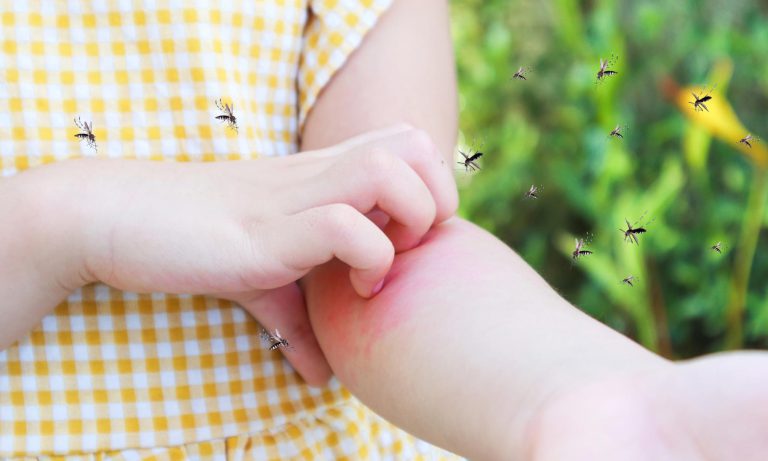
Back in 2019, people did not expect COVID-19 to become a full-blown pandemic. When it hit, the whole world stood still as COVID-19 began spreading like wildfire.
Initial studies confirmed that the SARS-CoV-2 virus could only be passed on through droplet transmission. Experts recommended social distancing, face masks, and quarantine protocols to prevent the spread of the virus. Outbreaks forced countries into lockdowns, but despite these guidelines, the virus could not be fully contained.
Over a year later, the World Health Organization (WHO) officially recognized that the virus is airborne. This completely alters the situation, especially with regards to inhibiting its spread. To apply the appropriate measures and avoid airborne transmission, one should fully understand what it means when a virus is classified as airborne.
What is an airborne virus?
Many infectious diseases can be transmitted through the air. When an infected person sneezes, coughs, talks, laughs, etc., pathogenic microbes are released into the air. The virus either stays in the air or comes in contact with a surface or another person. That person could inhale the virus or get it into their system by touching their eyes, mouth, or nose after their hands came in contact with a contaminated surface.
A virus small enough to be carried in the air is an airborne virus, and the disease the virus—or any pathogen—can cause is an airborne disease, which is more contagious than droplet infection.
Droplet infection is caused by a minuscule drop of liquid bigger than five (5) microns (µm). It is heavy enough to fall to the ground short of a one (1) meter distance, which is why this is the minimum requirement for physical distancing. If it is smaller than five (5) microns (µm), it is called a droplet nucleus, which is light enough to float in the air; hence, it becomes airborne and transmissible for a much larger distance.
SARS-CoV-2, for example, can travel for more than six (6) feet from the source when airborne.
Common Airborne Diseases
Aside from COVID-19, there several common infectious diseases that are classified as airborne. Here are some of them:
Chickenpox
Common cold
Influenza
Measles
Tuberculosis
How to Prevent Infection
There are many ways to prevent the spread of airborne diseases. These measures can be easily done to avoid contracting airborne viruses:
- Wear a mask – A mask blocks pathogens from entering the mouth and the nose. It also helps protect others as it decreases the risk of releasing pathogens into the air.
- Avoid crowds – Keeping a good distance from other people lessens the possibility of quickly spreading droplets and airborne pathogens.
- Maintain good hygiene and sanitary habits – Washing hands properly prevents the transmission of pathogens from the hands to the mouth, eyes, or nose. It also helps to sanitize personal belongings regularly.
- Increase ventilation in enclosed spaces – Good airflow in an area prevents the aerosols from lingering in the air.
- Ensure proper air management (air filtering methods, ion generators, etc.) – Use these devices and methods to cleanse and improve air quality by removing pathogens and purifying the air.
- Get vaccinated – Vaccinations significantly decrease the chances of contracting the virus, experiencing severe symptoms of a disease, and preventing death.
There is Danger in the Air
People may not see or feel it, but infectious pathogens are drifting in the air, waiting to infect the next vulnerable person who breathes them in. Washing hands, wearing masks properly, and maintaining a 6-feet distance are the first lines of defense to prevent the spread of the SARS-CoV-2 virus and other airborne microbes.
If you’re experiencing any symptoms, do not hesitate to reach out to Makati Medical Center for the proper diagnosis, treatment, or management of airborne diseases and other health conditions.










